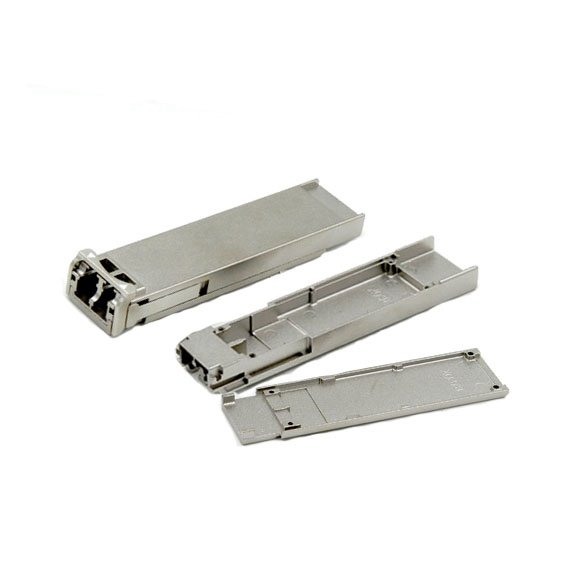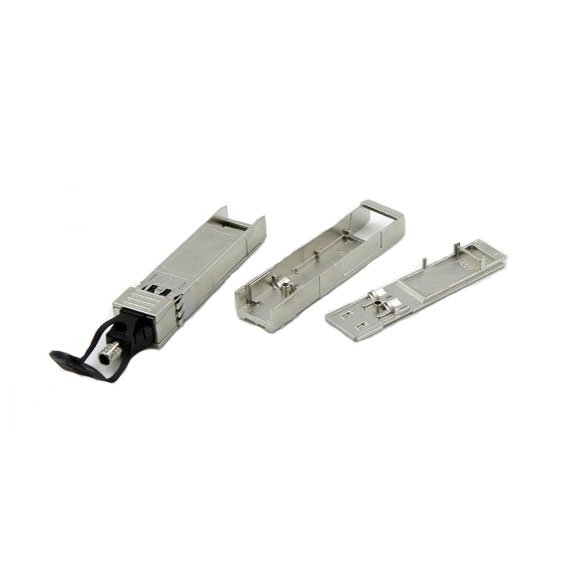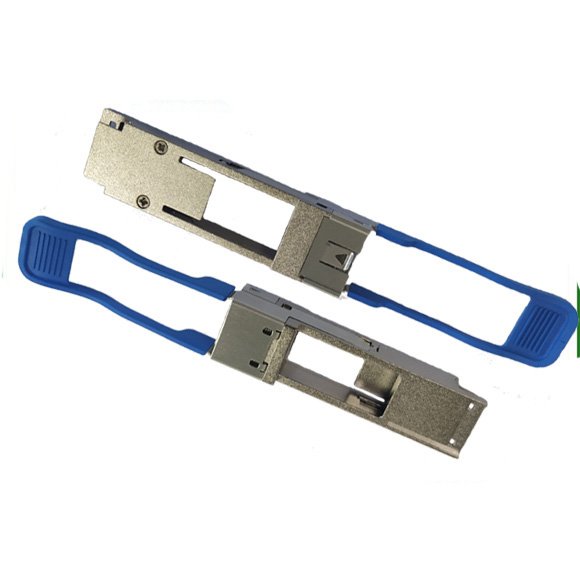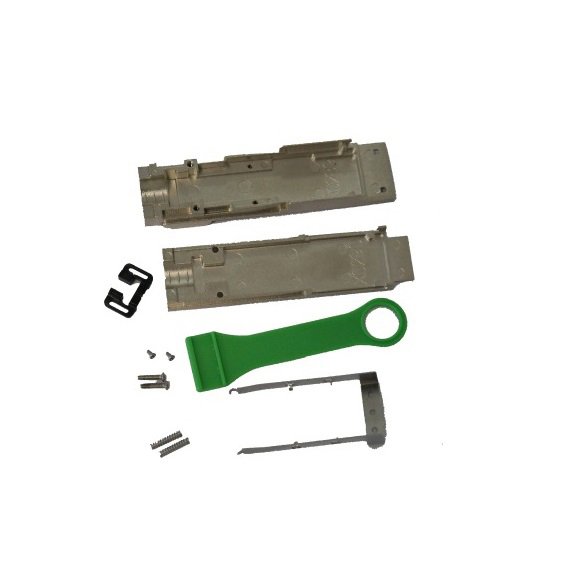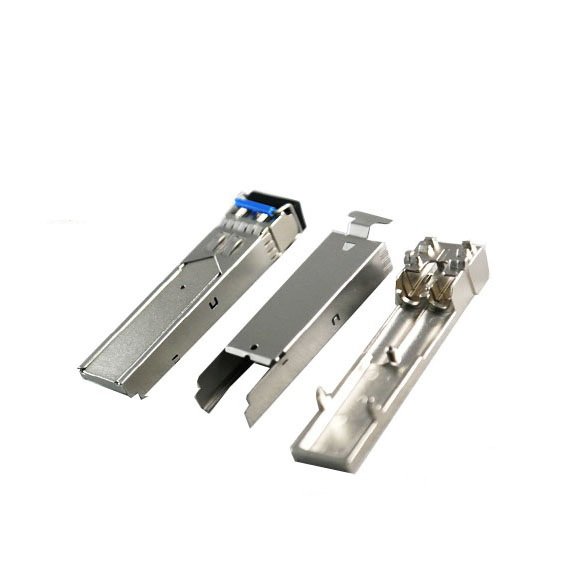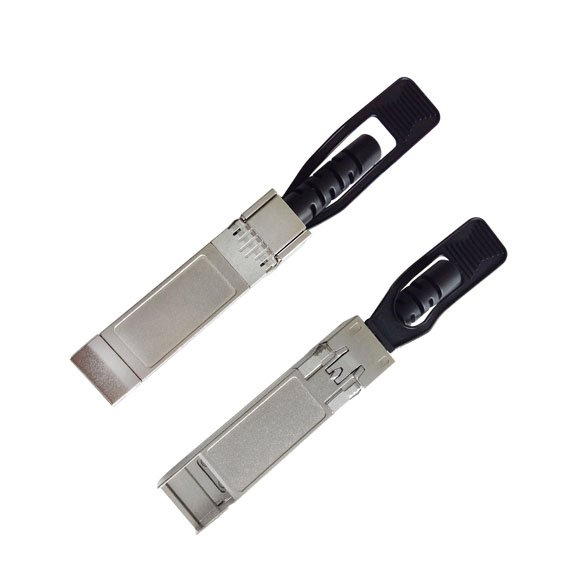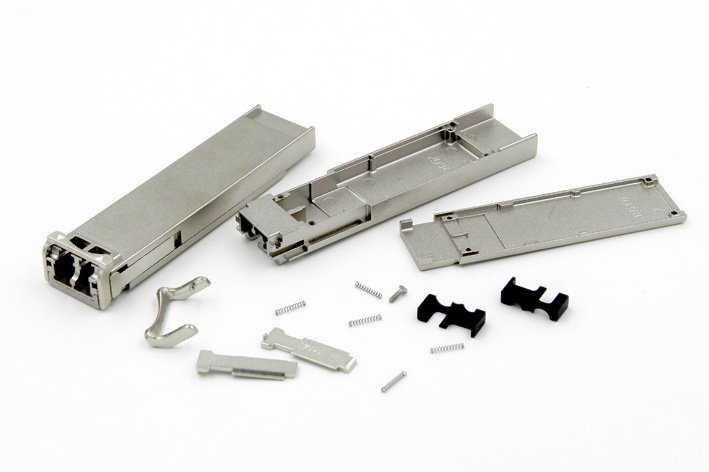The History of Fiber Optical Transceiver
Fiber optical transceiver have revolutionized the telecommunications industry, providing high-speed data transmission over long distances. Let’s take a journey through the history of these remarkable devices.
Early Developments
The concept of using light for communication dates back to ancient times, but it wasn’t until the 1960s that the first practical optical transceiver was developed. Early versions used bulky and expensive components, limiting their use to specialized applications.
In the 1970s, advancements in semiconductor technology led to the development of the first solid-state fiber optical transceivers. These devices were smaller, more efficient, and more affordable, making them suitable for commercial use.
Advancements in the 1980s and 1990s
In the 1980s, the introduction of single-mode fibers and the development of more sophisticated laser diodes and detectors further improved the performance of fiber optical transceivers. This enabled higher data transmission rates and longer distances.
During the 1990s, the adoption of standardized interfaces, such as the Small Form-factor Pluggable (SFP) and Gigabit Interface Converter (GBIC), made fiber optical transceivers more interchangeable and compatible with a wide range of networking equipment.

Recent Innovations
In recent years, advancements in technology have led to the development of smaller, more energy-efficient, and higher-speed fiber optical transceivers. The introduction of pluggable modules, such as the Quad Small Form-factor Pluggable (QSFP) and the Small Form-factor Pluggable Plus (SFP+), has further enhanced the flexibility and scalability of fiber optic networks.
Today, fiber optical transceivers play a crucial role in various industries, including telecommunications, data centers, and enterprise networks. They continue to evolve, with ongoing research and development focused on increasing data transmission speeds, reducing power consumption, and improving reliability.
In conclusion, the history of fiber optical transceivers is a testament to the relentless pursuit of faster and more efficient communication technologies. These devices have transformed the way we transmit and receive data, enabling the seamless connectivity that is essential in our modern world.
Want to know more information about our products , don’t mind to inquiry us pls. I’ll try my best to promote our future chatting.
More Products information pls go to Products Page

